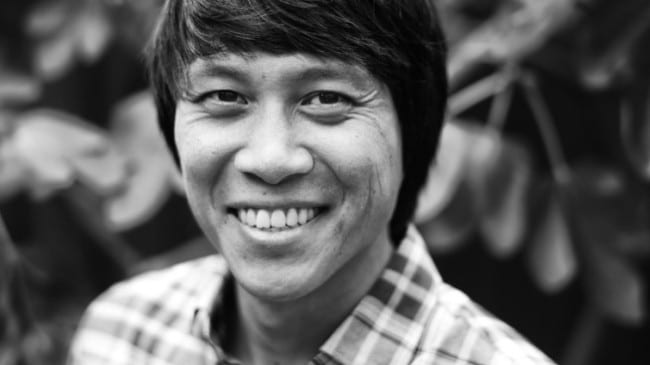The Porcelain Thief
By Huan Hsu
Crown, 2015
Hardcover, 381 pages. 8 ½ x 6 inches
The Porcelain Thief sets itself up to be a journey to uncover the porcelain of the author’s great-great-grandfather that was buried during World War II just before the family immigrated to Taiwan and, later, to America and Salt Lake City.
Clearly and enjoyably written, it details the author’s growing up in Utah with a youthful anti-heritage stance, but develops into an obsession with porcelain and, eventually, the story of his great-great-grandfather’s buried collection. Hsu moved to China to, ostensibly, work for his uncle’s company, but more honestly to uncover his family’s treasure, eager to meet his Grandmother to ask her for details about the buried porcelain.
Hsu recounts falling in love with China through the porcelain collection at a museum and how the experience broke down his reluctance to understand his ancestral roots and to visit his native homeland. Hsu’s background, even for a Chinese immigrant, was a blessed one. One of his uncles, hugely wealthy, ran and sold then opened a new mega conglomerate factory centered in China that produces air conditioners. When his company first went on the market its shares were worth more than Google’s public opening.
The memoir/travelogue is overloaded with asides that are too personal and trivial but this is countered by the excellent job Hsu does of providing information through the lens of his family history that gives relevance to China’s long and fascinating culture: its porcelain production.
“There is a term that describes the way interpersonal relationships work in China: ‘guanxi.’ Basically [it’s] personal connections, the social network in which members look out for one another; similar to the way family members can count on one another for a favor. Originally a value-neutral idea rooted in Confucian values, guanxi was critical to doing business in China and had lately become conflated with nepotism, cronyism, and other corruption.” — on contemporary China
His upbringing in Utah for instance, seems pale and uninteresting in comparison to the story of his great-great-grandfather’s upbringing in China. It is in the tales of this man, Liu Feng Shu, and the climate of China during his lifetime, that has life. Hsu sets a lively scene around Liu that details his education, how he finished second in the royal examinations and was able to build or himself an industrious life that lead to land, wealth and influence as well as a collection of porcelain that reached back to the 18th century and included, even, some imperial pieces.
The thrill is learning about the Qing dynasty and Cixi, a concubine that rose through the caste system to become the empress of China in one half of the 19th century, and comparing this to China as it is today, with its strange communism rooted in Confucian ideology and ever increasing developments that are more frequently begun than finished. He details a country of discomfort, one at odds with its past (as was the author) and that is struggling to assimilate, but also to make fruitful use of models provided by western culture.
“Over the centuries Jingdezhen’s kilns developed glaze that could show mixed colors and graduations within the paint. They invented twice-fired doucai colored wares and polychrome enameled wucai pieces. Lead arsenic created pink, which allowed for th depiction of peaches, an important achievement as the peach tree was soaked with historical and cultural significance.” — on Jingdezhen and its Porcelain production and ingenuity
Hsu brings Jingdezhen to life. It was historically the capital and leader of porcelain production for centuries, revealing the various ways in which the city changed throughout Chinese history. At times it was a vivid cultural center for the arts composed of secretive artisans (arcanists) who passed their knowledge down to family members. Later, with the arrival of the communist regime in the mid-twentieth century, it became a massive production center for porcelain. There were nearly one dozen industrial-scale factories that each specialized in a type of porcelain product (i.e. pitchers in one, porcelain with glaze painted landscape in another). He also describes the city in its current state of relative obscurity and declining porcelain production.
The history of the city, the influence that different Chinese emperors had on its production and innovation, and the history of its most industrious city, is told so lucidly that one wants to trim the fat of family details and the minutiae of Hsu’s travelogue to arrive at one of those lucid Oxford Brief Introductions to… volumes.
That being said, even the most pedantic elements are written in an engaging prose that carries the reader through the narrative and few memoir/travelogues written in the last decade have been so lucid about setting a livelier sense time and place. After reading The Porcelain Thief one will understand China better and know more about porcelain and its origins. This is so rich and involving that the reader might forget that this story is about buried treasure, which for obvious reasons (spoiler alert), I have avoided in this review.
Christopher Johnson is CFile’s Book Reviewer
Any thoughts about this post? Share yours in the comment box below.


Add your valued opinion to this post.